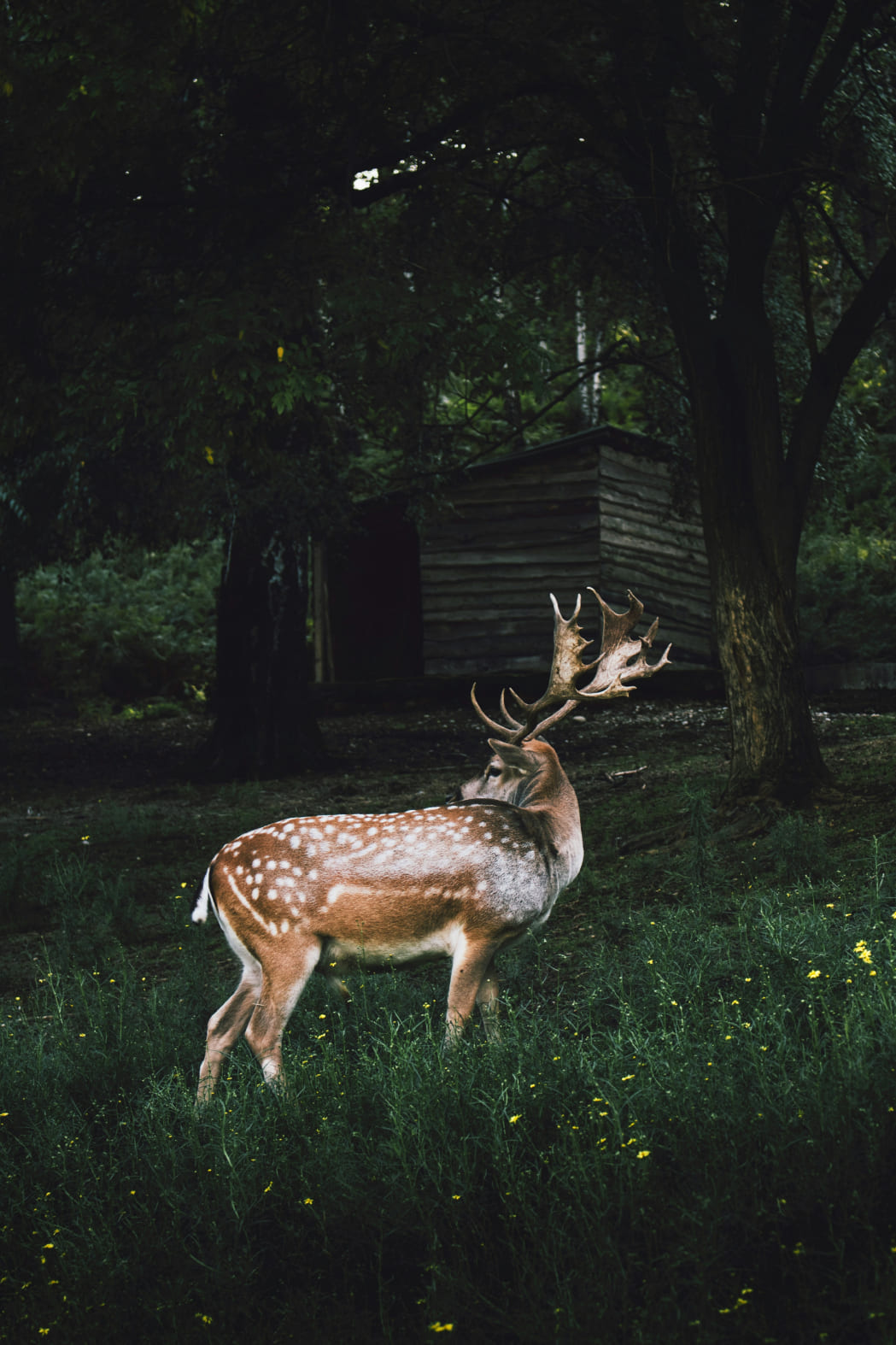The Deer: Grace and Adaptability Across Ecosystems
Deer are among the most widespread and adaptable animals, found in various habitats around the world, from dense forests to open grasslands. Known for their elegance, slender legs, and often spectacular antlers, deer are herbivores that play an important role in their ecosystems. They are social animals, forming herds that provide mutual protection and enable better foraging. This article explores the unique characteristics, behavior, and ecological role of deer, focusing on their adaptability and significance in nature.
Physical Characteristics and Adaptations
Deer are highly adapted to their environment, with features that enable them to navigate through forests and open landscapes with ease. Their powerful legs allow them to run at high speeds and leap great distances to escape predators. Most species of deer also have large, sensitive ears and keen eyesight, helping them detect danger early. Male deer are known for their antlers, which grow and shed each year. These antlers are used for fighting during the mating season and signify maturity and dominance.
Diet and Foraging Habits
As herbivores, deer feed primarily on grasses, leaves, fruits, and twigs, and their diet varies depending on the season and habitat. In winter, when food is scarce, deer may resort to eating bark and other tough plant materials. This flexibility in diet allows deer to survive in diverse environments, from temperate forests to tundras. Their grazing habits help maintain plant diversity, as they prevent certain plants from becoming overly dominant and support the regeneration of other species.
Role in the Ecosystem and Conservation
Deer play a crucial role in maintaining healthy ecosystems. By browsing on plants, they help shape the vegetation and create opportunities for other species. In some areas, however, overpopulation of deer can lead to overgrazing, which negatively affects the ecosystem. Conservation efforts focus on managing deer populations to maintain balance in their habitats. Predators like wolves and big cats play a natural role in keeping deer numbers in check, but human intervention is sometimes necessary to ensure sustainable populations. Deer are also an important part of cultural heritage in many regions, symbolizing grace, freedom, and the beauty of the natural world.


